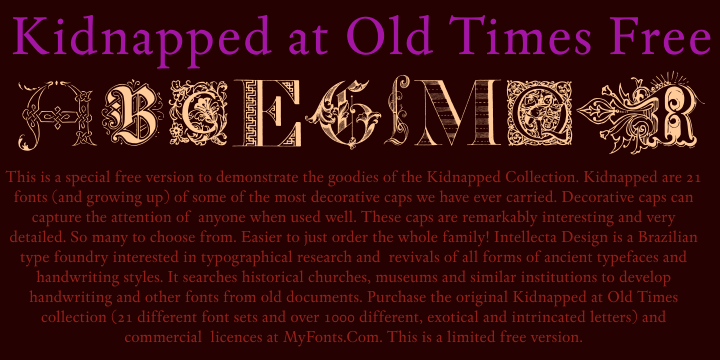

Some typefaces can have stricter limitations on what factors you can change while remaining in the specific family, and others have more relaxed rules.Ī typeface consists of various distinguishable parts, such as serif, sans-serif, aperture, ascender, baseline, cap height, descender, leading, letter-spacing, stem, stroke, and x-height. Let’s look at what makes a font and how it can be used in the modern digital world. However, some fonts share similarities in these attributes and therefore make up a typeface, a family of related fonts. With Postcards you can create and edit email templates online without any coding skills! Includes more than 100 components to help you create custom emails templates faster than ever before.Įach font is a unique set of letters with various weights, widths, and styles. Let’s take an in-depth look into how fonts work on a psychological level and how you can choose the right font for your design. In fact, it can take months or years of trial and error with persistent experimentation, and even the slightest tweaks can increase or decrease the success of your site. Nailing the font choices isn’t an easy feat. Therefore, proper font choices fuel your site’s user experience and ultimately affect the design side of your conversion rate optimization. Like other design elements, fonts influence how readers perceive the text, a product, or even the entire website. Since fonts are also visual elements, you can use them as psychological elements to paint a narrative that supports your site’s efforts. While most of the web is built upon a handful of popular font types, there’s lots of room to pick a unique path.

There are over half a million fonts in the world. Font Psychology: Here’s Everything You Need to Know About Fonts


 0 kommentar(er)
0 kommentar(er)
